We're Using Organic Hyaluronic Acid!
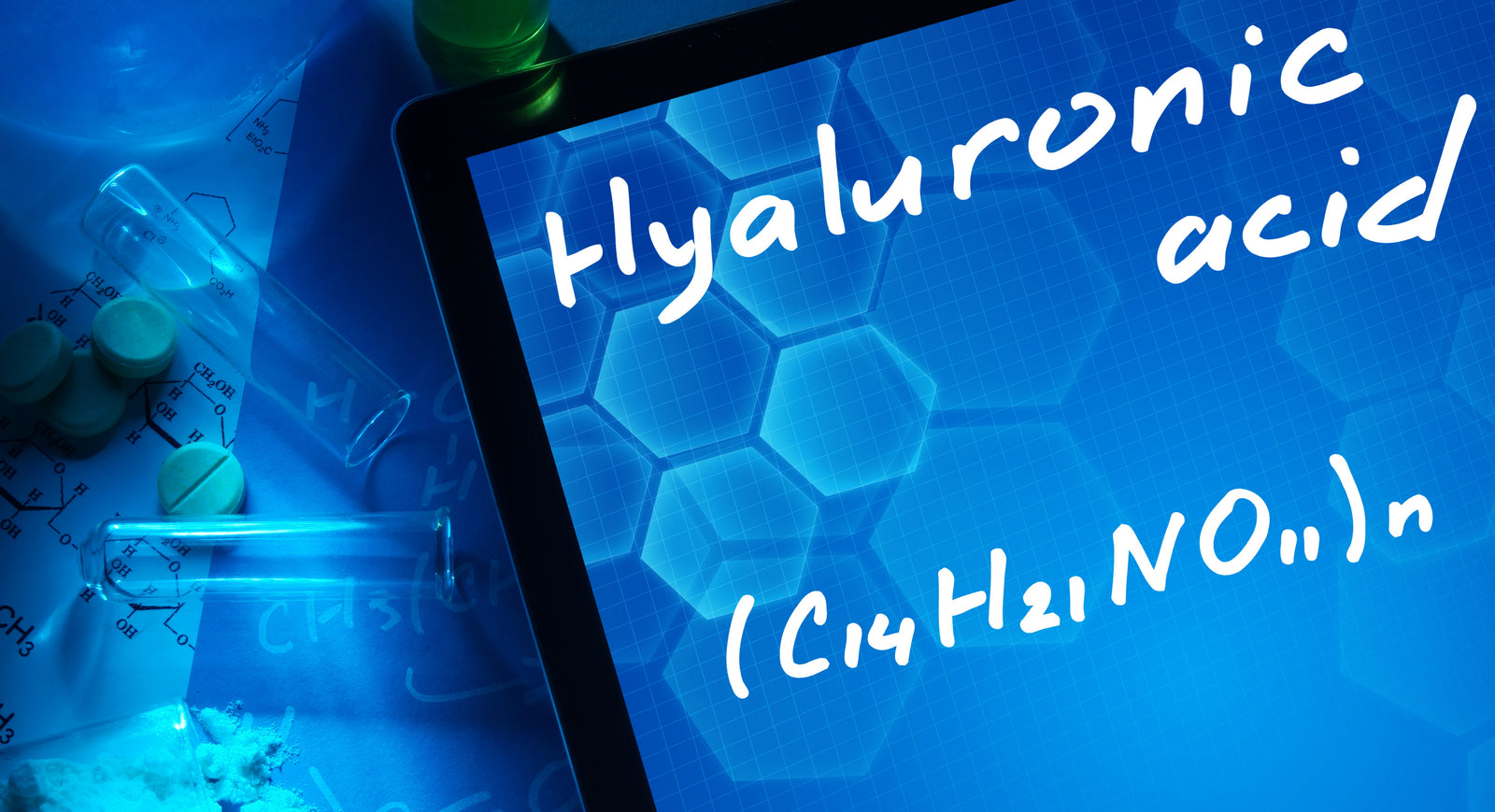
Restorative Serum Just Got Even Better!
We know you all love our Restorative Serum. Well it's just got better!
Our long term goal at CameLife is to become a certified organic manufacturer. The big stumbling block is the milk itself; there are no fully certified organic camel dairies who can supply us. Some are 'in conversion', farming to certified organic processes, but none are yet certified. We'll go fully organic as soon as we have a reliable supply.
Meanwhile, some of the other great ingredients that we use are only just becoming available in organic form. Together with our amazing cosmetician Ami, Jane is constantly searching for premium organic ingredients to use in our formulas. The great news is that they've found a source of organic, plant based Hyaluronic Acid and we've used it in our new batch of Restorative Serum. The bad news is that we will not be able to discount the serum for much longer…..
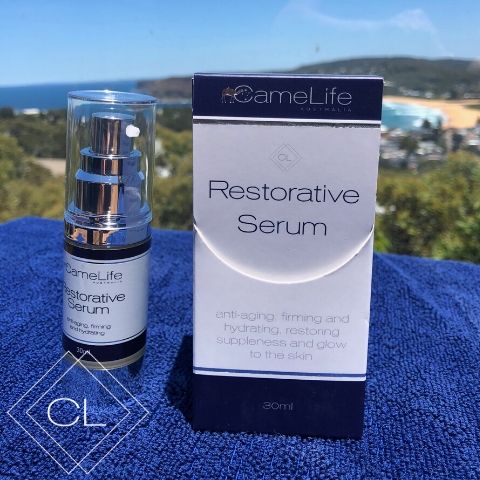
We've also taken the opportunity to change the essential oils to organic ingredients and we've upgraded our airless pumps. If you love our Serum, don't worry, this is a significant improvement. It feels slightly more creamy and the scent of camomile is a little less intense, but it still has that wonderful silky feel.
This new organic hyaluronic acid is a game changer! Restorative Serum has always given quick results, but, with this new recipe is in a different league. To find out why, read on.
What is Hyaluronic Acid?
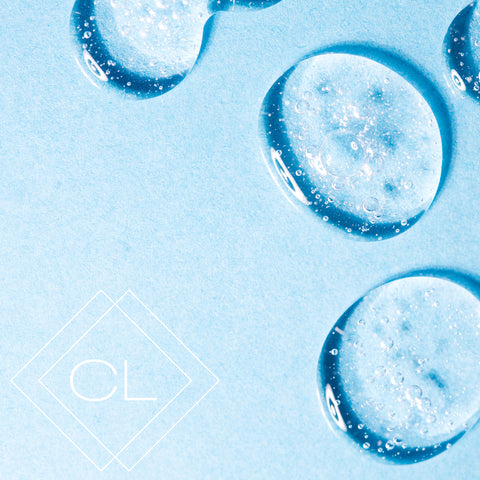
To explain why we use Hyaluronic Acid and its benefits for your skin, we need to get a little bit scientific. Don't worry, we're not going full on geek! For some the mere use of the word “Acid” may sound a little scary, implying something that is synthetic and will burn your skin. But Hyaluronic Acid is the good kind of acid; it's natural and its pH is only just acidic.
Hyaluronic Acid is found naturally in your body, with the highest volume found in your skin and the highest concentrations found in your eyes and joints. You may be taking Hyaluronic Acid supplements for joint pain, but its benefits aren’t limited to the eyes and joints as Hyaluronic Acid is extremely hydrating.
Natural Hyaluronic Acid is a viscous, gooey gel-like substance that can absorb up to 1000 times its weight in water. The average human body contains about 15 grams, but about a third of that gets degraded and replaced by newly synthesised acid every day. As we age, we produce less Hyaluronic Acid to replace that which is degraded; we need more, which is why many anti-ageing products contain Hyaluronic Acid.
Where Does Hyaluronic Acid Come From?
There are two main sources of Hyaluronic Acid: plant based or animal based.
Plant-based Hyaluronic Acid is extracted from microbial fermentation. A bacterial strain that naturally contains Hyaluronic Acid and is fermented to yield the ideal molecular weight ideal for skin care purposes. Some fermentation process use wheat, others use soy. Ours uses organic soy.
Animal-based Hyaluronic Acid is made from the combs of roosters; the red flesh at the top of a rooster’s head. The rooster’s comb is a bi-product of the chicken farming industry.
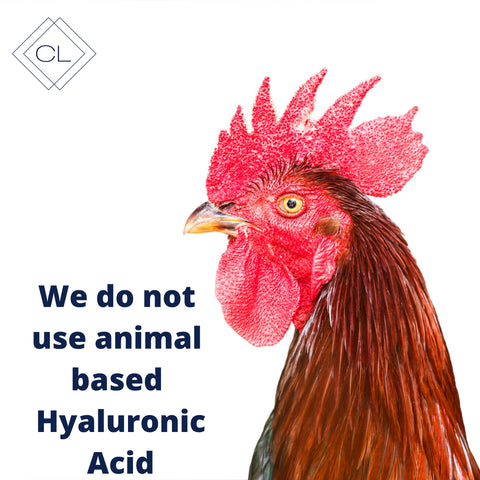
Here at CameLife, we do not use ingredients made from animal parts; our Hyaluronic Acid has always been plant based. But we have struggled to find an organic ingredient with the right molecular weight to penetrate the dermis and get where it is needed. Our new organic, plant based Hyaluronic Acid is just that. If you are using another Hyaluronic Acid product, are you sure that it is rooster comb free?
Hyaluronic Acid and Skincare
Attracting and Holding Moisture
Some experts say that Hyaluronic Acid has the ability to hold up to 1,000 times its weight in water. Hyaluronic Acid is able to do this in two ways:
First, when moisture is available in the atmosphere, such as when humidity is present, Hyaluronic Acid latches on to those water molecules and delivers them to the skin’s outermost layer.
Second, if moisture isn’t available externally, Hyaluronic Acid attracts water from deeper in the skin, acting like a like a magnet to pulling water from deep in the skin and directing it to where it’s needed.
Filling Fine Lines and Wrinkles
Studies have shown that topical Hyaluronic Acid can decrease the depth of fine lines and wrinkles by up to 40% and increase skin firmness and elasticity by up to 50%. So why does this happen?
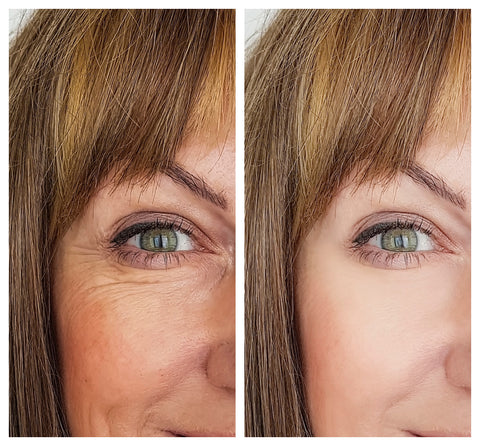
Well, despite claims you may see elsewhere, Hyaluronic Acid cannot penetrate deep into the dermis as its molecular structure is too big. But when properly formulated into a penetrative base like camel milk, it can penetrate into the epidermis where it is most needed. Naturally, we have significantly more Hyaluronic Acid naturally available in our dermis than in our epidermis. For moist, healthy skin we need more Hyaluronic Acid in the upper layers of our skin, which is why a well formulated serums is so beneficial.
To be effective though, your serum has to penetrate the epidermis. If it leaves an oily residue on your skin's surface, the Hyaluronic Acid is unlikely to penetrate. Instead, it will attract moisture from your skin and actually dry it out. If your skin feels dry after applying a Hyaluronic Acid product, then it isn't doing what it is supposed to do! When we combine a well formulated Hyaluronic Acid with the Magic of Camel Milk, Hyaluronic Acid penetrates to where it is needed.
Preventing breakouts
A key part of Hyaluronic Acid's moisturising capacity is its ability to regulate the moisture balance within your skin. In simple terms, Hyaluronic Acid absorbs water where there is too much and releases it where there is too little.
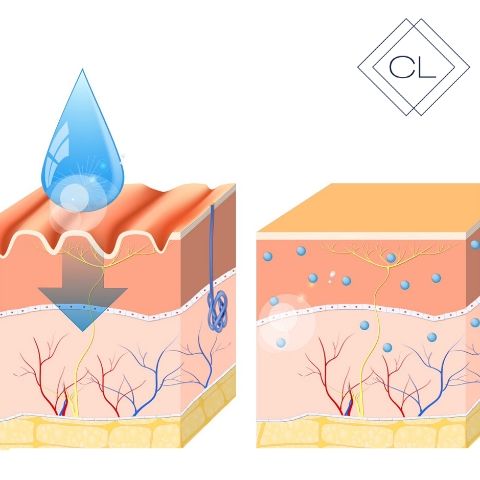
Balancing moisture levels can help to balance the amount of the oil in your skin. Dehydrated skin can become excessively oily to compensate for the lack of moisture, leading to breakouts. By hydrating dry skin excessive oiliness can be prevented, and adult acne avoided.
Accelerating Wound Healing
Hyaluronic Acid is a key ingredient for rapid wound healing, particularly skin wounds. Our bodies naturally concentrate Hyaluronic Acid in the area of a wound. From a skincare perspective, if your skin is inflamed or wounded, Hyaluronic Acid will speed up the rate at which the wound heals.
Ultra Violet radiation from the sun is the number one skin health saboteur. In fact, research suggests that up to 80% of skin ageing is related to photo ageing. Since photo-damage is in effect a skin wound, Hyaluronic Acid can be very beneficial for reducing the ageing effects of sun damage.
Defending Against Free Radicals
Some researchers have suggested that Hyaluronic Acid benefits include antioxidant properties, which means that this substance defends against oxidative stress; free radicals produced in your skin due to sun exposure, sugary diets and pollution. We are not convinced that Hyaluronic Acid has sufficient anti-oxidant properties to be an effective anti-oxidant on its own. Our Restorative Serum contains more powerful anti-oxidants including Vitamin C and Spirulina; any added benefit from the Hyaluronic Acid is a bonus!
Enhancing Natural Barriers
Your skin is your body's natural barrier and first line of defence against external actors; you depend on your skin every day to protect your organs from external contaminants and pollutants. When your skin is unhealthy, its barriers are compromised, inhibiting your body's ability to defend itself from environmental aggressors.
Your skin’s barriers are inhibited by using unsafe and harmful skin care ingredients and products. Fortunately, Hyaluronic Acid isn’t one of them. In fact, Hyaluronic Acid supports your skin's natural barriers by keeping moisture levels in balance.
Skin tone and Pigmentation
By balancing moisture, Hyaluronic Acid helps skin tone appear more uniform and reduces the appearance of pigmentation. With properly hydrated skin, roughness is smoothed and your skin should have an even topography and improved structure. CameLife's Restorative Serum will enhance the overall texture of skin with noticeably more even tone and colour
What Works Well with Hyaluronic Acid?
Hyaluronic Acid and Retinol work really well together to renew skin; the Hyaluronic Acid balances moisture whilst the Retinol stimulates collagen production. CameLife's Restorative Serum contains an organic extract from Dunaliella Salina which provides a great source of Retinol without the burning effect of many synthetic Retinoids.
Ceramides are a perfect skin combination with Hyaluronic Acid. These naturally occurring waxy lipid molecules seal in the water molecules that Hyaluronic Acid attracts, minimising transdermal moisture loss. Your body makes ceramides naturally, but many cosmetics contain synthetic ceramics to supplement levels in your skin. We don't add synthesised ceramides to our Restorative Serum because camel milk contains significant levels of sphingosine, a ceramide precursor. Sphingosine stimulates your skin to make ceramides. We'll explain more on this in a future blog.
To Conclude
Hyaluronic Acid is a fantastic anti-ageing ingredient, because it supplements and replaces your skin's natural levels of the acid, balancing moisture and ensuring effective skin hydration. To be effective, your skincare products needs to contain Hyaluronic Acid formulated to penetrate your dermis and be combined with a base that is absorbed. When combined with Retinol and Ceramides, Hyaluronic Acid's effects are maximised.
To draw Hyaluronic Acid into your skin, it needs to be combined with a suitable base. Camel milk is the perfect base as it naturally penetrates the dermis, drawing the Hyaluronic Acid to where it is needed and sealing moisture with the milks' natural Ceramide precursors. CameLife's unique Restorative Serum is specially formulated to deliver Hyaluronic Acid, Retinol and Ceramides where they are needed!
CameLife's Restorative Serum just got even better!
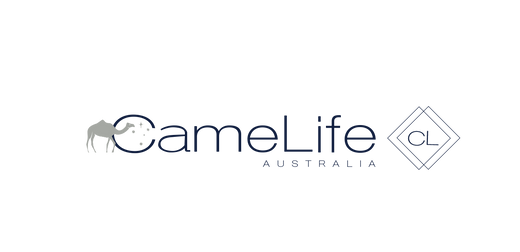


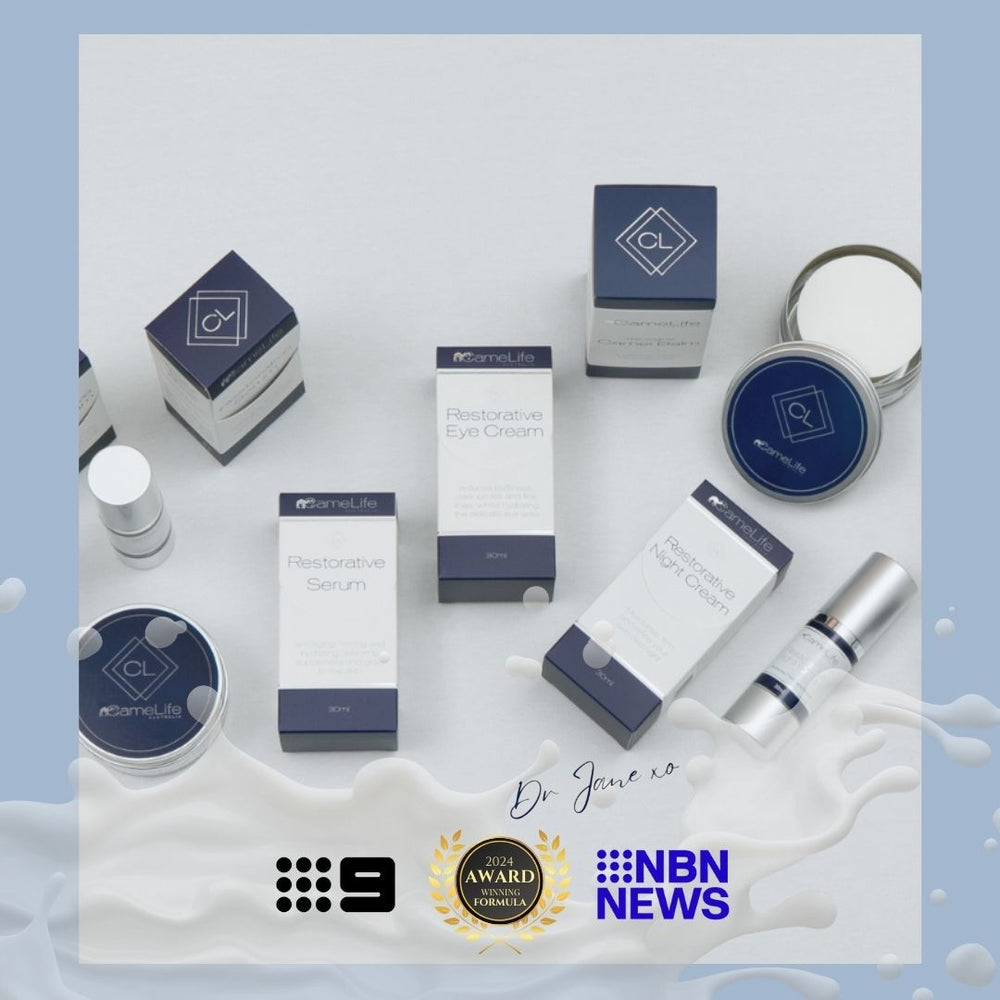
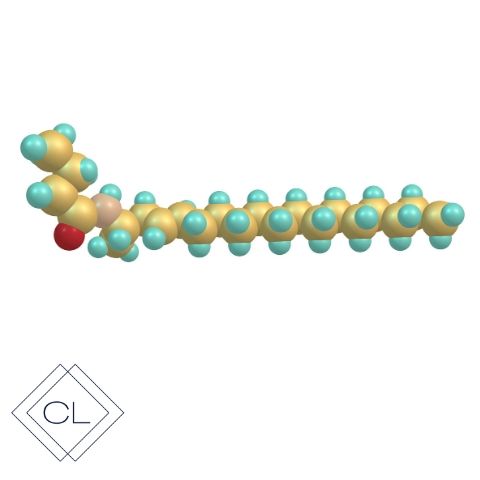
Leave a comment